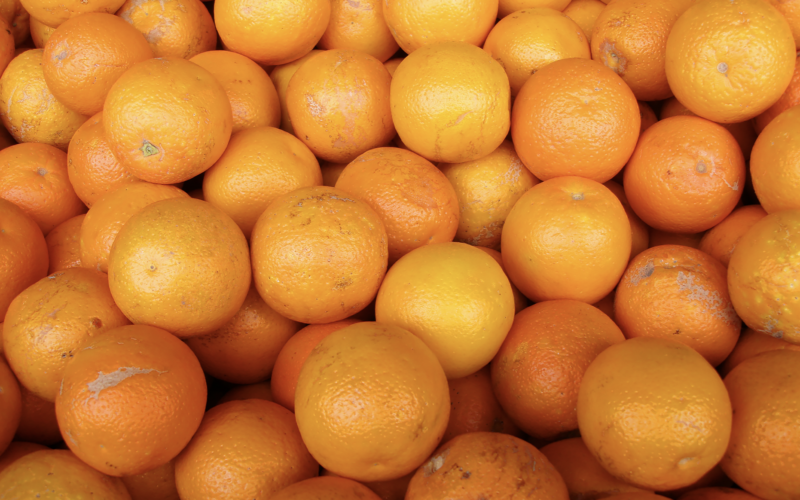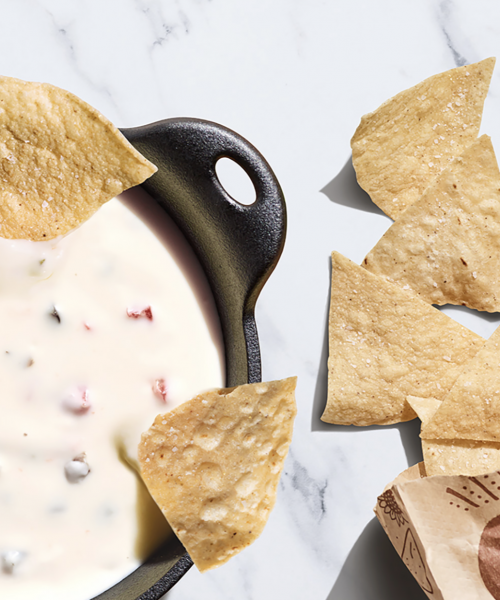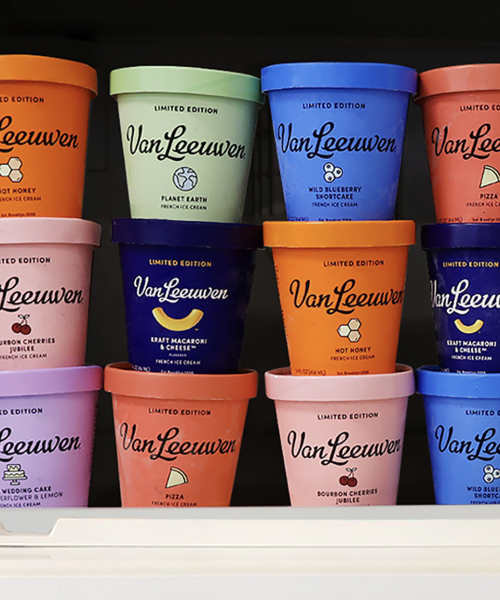By Jelisa Castrodale | FoodAndWine.Com
Troy Warren for CNT #Foodie
Experts cited the spread of a disease called citrus greening as contributing to the decline.
According to the most recent forecast from the U.S. Department of Agriculture, Florida’s orange crop could be the smallest since World War II. At its peak, the Sunshine State produced 244 million 90-pound boxes of oranges annually; this year, Florida’s orange growers are only expected to produce 44.5 million boxes.
That number has dwindled by another 1.5 million boxes since the USDA’s previous citrus-production forecast was published in December. This year’s small yield also means that California will produce more oranges than Florida, as its harvest is expected to fill 47 million boxes.
The Washington Post reports that a bacterial infection called citrus greening has contributed to the severe decline. The incurable disease is spread by an insect, the Asian citrus psyllid, which was first detected in Florida in 2005. Trees that are affected by citrus greening produce smaller, more bitter-tasting fruit. “Greening is the most difficult disease to ever impact citrus,” Mike Sparks, the executive director of Florida Citrus Mutual, told the outlet.
According to Statista, during the 2003/2004 growing season — the last before citrus greening “emerged in a commercial context — the state produced 242 million boxes of oranges.
In addition to citrus greening, the Post also cites the decreasing number of orange trees in Florida, due to development of land that was previously used by growers, or by growers just deciding to get out of the orange game for good. In 2006, there were 36.2 million Valencia orange trees in Florida, but that number has since fallen to 30.4 million trees.
“The disappointment of another decline in the forecast is hard to overstate. But so too is the determination of Florida’s citrus growers who remain focused on delivering great-tasting and high-quality fruit while — simultaneously — seeking new solutions to citrus greening,” Shelley Rossetter, an assistant director of global marketing at the Florida Department of Citrus, told the Associated Press in a statement.
Unfortunately, orange juice buyers will see the impact of this year’s small orange crop. (Although California is out-growing Florida this year, their oranges aren’t typically used for juice.) Citing research from Nielsen, the Post says that orange juice prices increased by 13.8 percent in 2021, and they jumped by another 5.73 percent in January.


































